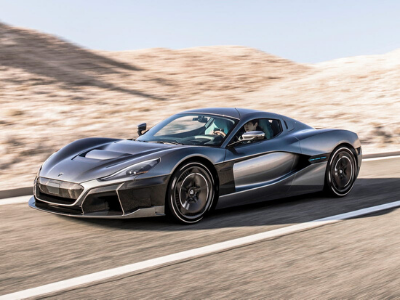What is the Electric Car?
The electric cars are driven by one or more electric motors, utilizing energy stored in rechargeable batteries. The first practical electric vehicles were developed in the 1880s. Electric car vehicles were popular in the late 19th and early 20th centuries before developments in internal combustion engines, particularly electric starters, and mass production of cheaper gasoline vehicles contributed to a decrease in the use of electric vehicles.
History of Electric Vehicles:
After 2008, there has been a boom in the manufacturing of electric vehicles due to advances in technology and the desire to reduce greenhouse gas emissions. Many national and local governments have set up government incentives for plug-in electric vehicles, tax credits, grants, and other opportunities to encourage the launch and adoption of new electric vehicles on the mass market; Its electrical range and sales price also depend on the battery size. The current maximum tax credit approved by the US government is US$ 7,500 per car. Electric cars are smoother relative to internal combustion engine automobiles and have no tailpipe emissions which generally lower emissions. A Reuters survey of 29 global automakers reported in January 2019, and revised in April, that automakers are planning to spend $300 billion on electric cars over the next 5 to 10 years, with 45 percent of that spending planned to take place in China.
Electric cars are charging stations that can be installed in both houses and public areas. The Tesla Model 3 was the best-selling EV in the world from 2018 to 2019 and had a maximum electrical range of 500 km (310 miles) as per the EPA. As of December 2018, about 5.3 million light-duty all-electric and plug-in hybrid vehicles were in use around the world. Given the rapid growth witnessed, by the end of 2018, the total supply of plug-in electric vehicles accounted for just about one out of every 250 automobiles (0.40%) on the roads worldwide. As the global ratio of annual sales of battery electric vehicles (BEVs) and plug-in hybrid electric vehicles (PHEVs) rose from 56:44 in 2012, to 60:40 in 2015, and 69:31 in 2018, the plug-in car market is transitioning to full electric energy vehicles.
Benefits of Electric Vehicles:
- Electricity vehicles provide certain benefits over conventional internal combustion engine automobiles. Thanks to the quick reaction of electric motors, EVs are very sensitive and have a very strong torque. EVs are also more remotely related than standard vehicles, with many EV charging stations providing a mobile device to manage to charge.
- Yet EVs deliver more than just specific advantages. EVs will allow the U.S. to have more options for fuel available for transportation. Last year, the United States used almost nine billion barrels of gasoline, two-thirds of which went to shipping. Our dependence on oil leaves us susceptible to increases in costs and delays of supply.EVs help reduces this hazard by supplying almost all U.S. energy from domestic sources, including fossil, nuclear, natural gas, and renewable sources.
- EVs can also reduce emissions that contribute to climate change and smog, improve public safety and reduce environmental damage. Charging the EV with renewable energy, such as solar or wind, will further reduce such pollutants.
There are four new models available from different manufacturers for Electric Cars. One of the most popular cars in this segment is Hyundai Kona Electric, Tata Tigor EV and Mahindra E Verito. Pick your favorite car models from the list below to see the specifications, versions, photos, mileage. Read More
Hyundai Kona Electric
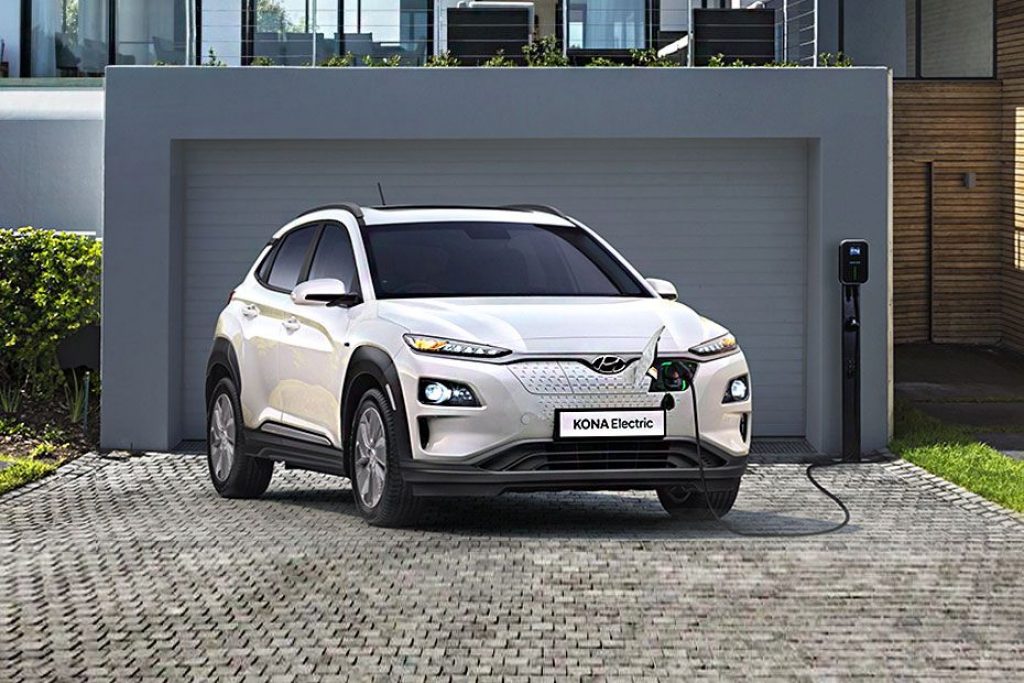
Hyundai updated Kona Electric’s price, contributing to a decrease in Rs 1.6 lakh. At Rs 23.71 lakh, the all-electric SUV is currently priced.
The Kona electric cars debuts as the first long-range EV in India with an ARAI-claimed output of 452 km. The electric motor of the Kona EV churns out 136PS and 395Nm. It can do 0-100kmph in 9.7 seconds and achieves a speed of 154kmph
Like other Hyundais, the Kona EV comes packed with apps. It comes with apps such as automated driver interface, Android Auto and Apple CarPlay8-inch touchscreen infotainment system, satellite-linked navigation, dual-zone climate control, head-up camera, IRVM auto-dimming, sunroof, cruise control and more.
For More Car Details: Caroverviews
Specifications of Hyundai Kona electric cars:
| Mileage | 452 Km/Charge |
| Transmission | automatic |
| Gear Box | Single Speed Reduction Gear |
| Engine Type | Permanent Magnet Synchronous Motor |
| Wheel Size | 17 |
| Power | 134.1bhp |
| No Of Cylinders | 0 |
| Torque | 395 Nm/40.27kgm |
| Fuel Type | Electric |
| Seating Capacity | 5 |
Tata Tigor EV Electric Cars

With an increased range of 200 km, Tata Motors will shortly release the Tigor EV. The upgraded Tigor EV will also be accessible to private car owners when it will be introduced in March 2020. At present, according to the Modified Indian Driving Cycle (MIDC), the Tigor EV has an estimated range of 140 km. It is only eligible for fleet operators and for the XM and XT models it is rated at Rs 11.58 lakh and Rs 11.92 lakh.
Specifications of Tata Tigor EV
| Fuel Type | electric |
| Torque | 105Nm@2500rpm |
| Seating Capacity | 5 |
| Boot Space | 255 |
| Power | 40.23bhp@4500rpm |
| Length Width Height | 3992*1677*1537 |
| Transmission | automatic |
Mahindra E Verito Electric Cars

June 03, 2016: Thee-Verito electric sedan was launched by Mahindra in three variants: Rs. 9.5 lakh (D2), 9.75 lakh (D4) and Rs. 10 lakh (D6) ex-showroom Delhi. The car is a proper sedan with a 510-liter boot for five seats. It has a range of 110 km per charge and can achieve a top speed of 86 km / h, which is its limiting factor. Yeah, it’s got some promise. The car is powered by an electric motor of 41 bhp 72 volt which takes 8 hours for a full charge, while the top-end model is fitted with a Quick Charging facility which can charge it in 1 hour 45 minutes.
The eVerito, a Mahindra and Mahindra all-electric Sedan, retails Rs 9.50-10.0 lakh in the Indian market. The Mahindra eVerito is based on the slow-selling Verito sedan of the company and features an all-electric drivetrain, just so you know. With 200 Ah battery producing Max Power and 41bhp and 91Nm max torque performance, Mahindra provides eVerito in three different variants. The eVerito interiors are tastefully built and the car provides plenty of room for the passengers due to the big footprints. Even the boot promises an excess of 510 liters, let alone holidays, to fit the luggage for the weekly ride. The Mahindra eVerito is up against Maruti Swift Dzire, Hyundai Xcent, Honda Amaze, Ford Figo Aspire and Tata Tigor in the Indian market.
Specifications of Mahindra E Verito
| Engine | 72 cc |
| Seating Capacity | 5 |
| Fuel Type | electric |
| Length Width Height | 4247*1740*1540 |
| Ground Clearance (Unladen) | 172mm |
| Torque | 91Nm@3000rpm |
| Mileage | 140 Km/Charge |
| Power | 41bhp@3500rpm |
| Transmission | automatic |
| Gear Box | Fully Automatic |
| Boot Space | 510litres |
| No Of Cylinders | 0 |
Mahindra e2oPlus
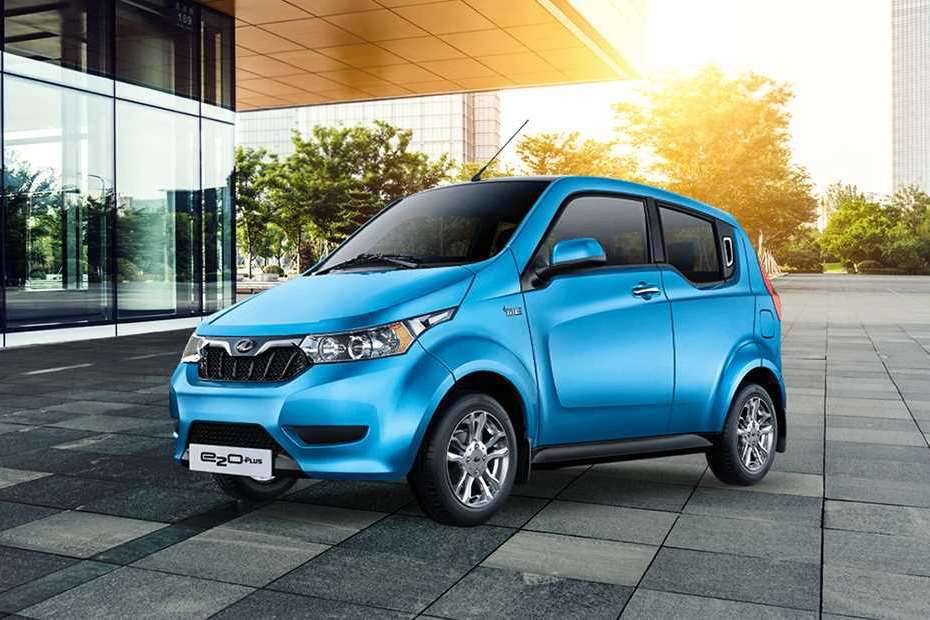
India’s only a Mahindra e2o all-electric hatchback is priced in the Rs 7.57-11.57 lakh range. The architecture of this eco-friendly vehicle is futuristic and although its size feels a bit smaller than the other vehicles, owing to the use of innovative technology and less moving parts, there is no lack of space inside the cabin. The cabin’s key highlights include automatic climate control, smartphone integrated touchscreen infotainment system, and a digital instrument cluster. Under the Hood, the Mahindra e2o Plus is powered by a 280 Ah lithium-ion battery that provides the maximum power of 20.8 PS along with 70 Nm of Max torque. The Mahindra used the Direct-drive gearbox with two forward modes to direct the power to the wheels. The likes of Tata Nano, Maruti Alto 800, and Hyundai Eon can be viewed as opponents of Mahindra e2o Plus on the Indian market.
Specifications of Mahindra e2oPlus
| Engine | 48 cc |
| Length Width Height | 3590*1575*1585 |
| Seating Capacity | 4 |
| Gear Box | Direct Drive |
| Fuel Type | electric |
| Transmission | automatic |
| Power | 25.4bhp@3500rpm |
| Torque | 70Nm@1000rpm |
| Mileage | 110 Km/Charge |
| Boot Space | 135litres |
Here are few highly anticipated electric cars coming in 2020:
Volkswagen ID.3:

Volkswagen has an enormous number of electric cars coming, but this is perhaps it’s most important. The affordable ID.3 (expected to cost around $39,000), which will come in three versions, intentionally bears a strong resemblance to the Golf. Indeed, it has been described by the company that the ID.3 has the interior space of a Passat and the performance of a Golf GTI. The base model has a range of 330km, while the top-spec version can go for 550km. Inside, a 10-inch infotainment screen replaces most of the buttons and switches, as all but the windows and hazard lights are controlled via the touchscreen or touch-sensitive pads.
Aston Martin Rapide E:
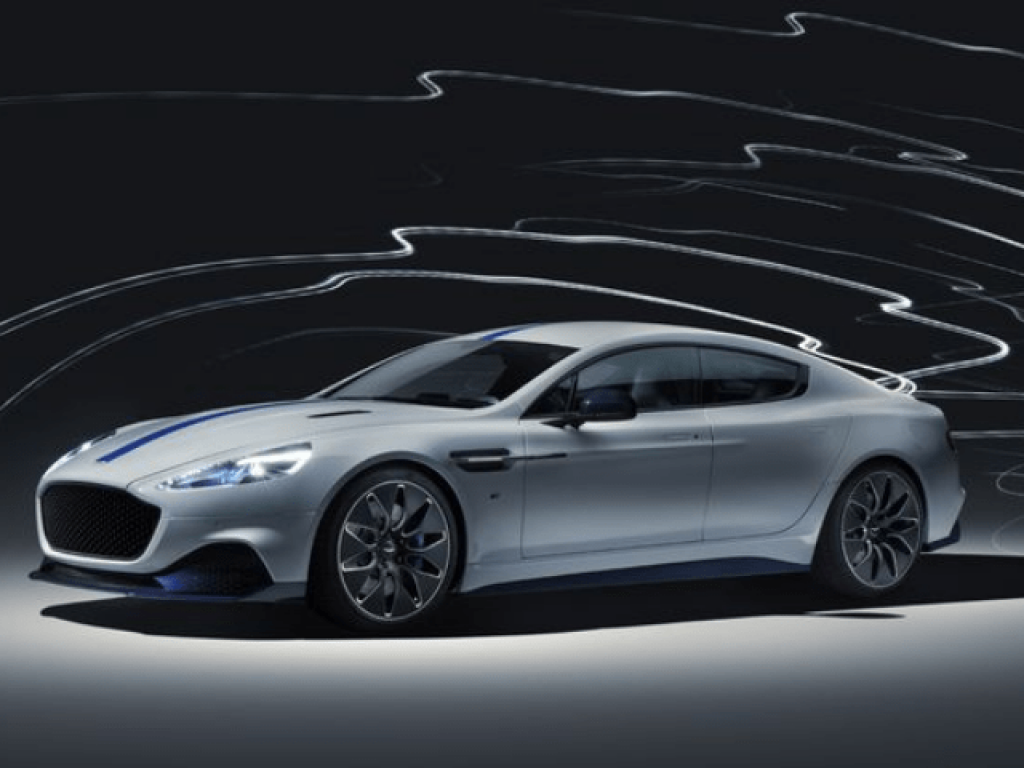
You can already place an order for Aston Martin’s first all-electric vehicle, though you need to be quick, as production is limited to 155 cars (as it’s top speed, at 155mph/250kph). Lucky owners will get an Aston with a 65 kWh, 5,600-cell lithium-ion battery pack that will put out 602hp. The performance will best the V12 Rapide AMR, so this means a 0-100kph in less than four seconds. A full range of 320km is estimated on the WLTP cycle, and the Rapide E can recharge at 300km each hour with a 50kW charger, or 500km each hour using 100kW or more.
BMW iX3:

BMW’s first all-electric SUV is sensibly a restyled X3 with a modular EV drivetrain where the motor, transmission and power electrics are grouped into a single component. The battery has an “over 70kWh” capacity, which means more than 400km of WLTP range. You also get 268bhp and a 30-minute recharge time from a 150kW fast-charger. Unlike BMW’s i3, the iX3 has not been built specifically as an EV but fashioned from an existing architecture to fit an EV drivetrain. This method of production gives BMW tremendous manufacturing flexibility going forward, allowing it the option to produce ICE, hybrid and EV versions of future models on the same production line. Expect to pay approximately $70,000 for one.
Audi e-Tron GT:
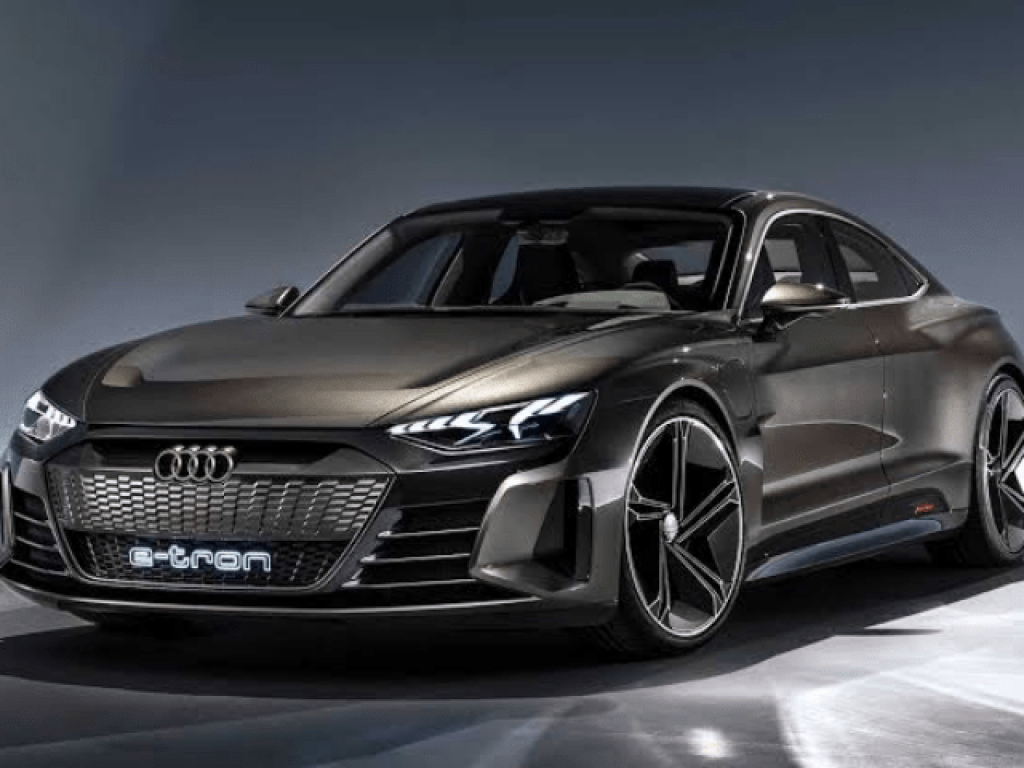
Audi’s e-Tron GT will be the third all-electric car from the brand, and the production version will be revealed towards the end of next year. Two electric motors deliver an all-wheel drive and 590hp. Standing start to 100kph comes in just 3.5 seconds, and then the GT sails on to a top speed of 149mph. WLTP range should be about 400km, with an 80 percent recharge possible in a mere 20 minutes via the 800-volt charging system. The civilian edition will appear by the end of 2020, joining the e-Tron SUV and e-tron Sportback crossover. The brake-energy recuperation system means that up to 0.3 g you won’t be using the ceramic disc brakes, but reversing the polarity of the electric motors.
Mini Electric:

When it launches in March 2020, the Mini Electric will be the BMW Group’s cheapest full EV, costing less than the BMW i3. The car will be good for a zero to 100kph in 7.3 seconds, with a maximum output of 184hp and torque of 270Nm. Top speed is limited to 150kph, WLTP range will be between 124 and 144 miles, and at a 50kW DC fast-charging station, the car can get an 80 percent charge from zero in just 35 minutes. The 5.5-inch color digital dash is a highlight, as is the central 6.5-inch touchscreen and optional Harmon Kardon sound system.
Porsche Taycan:
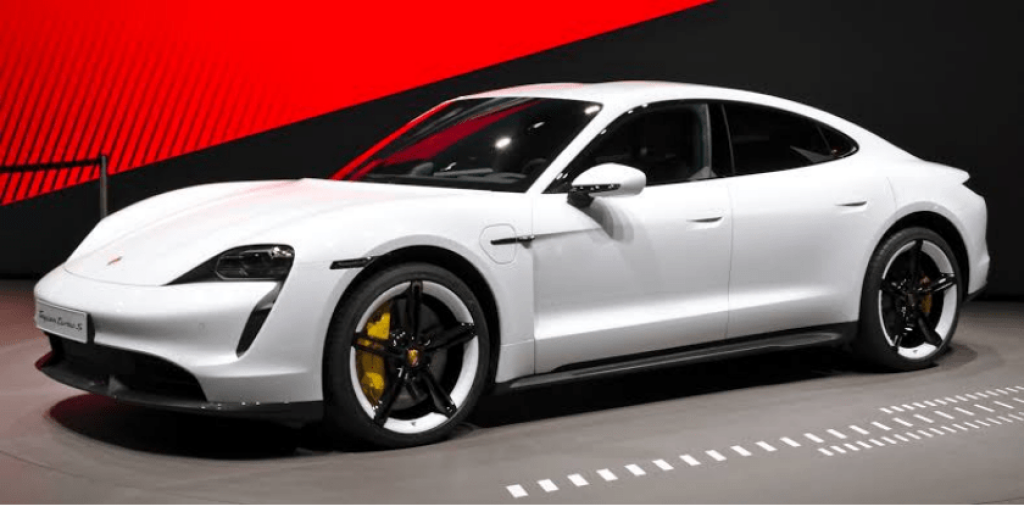
The much-anticipated Taycan (from around $1,00,000) is a four-door, five-seat saloon car with an electric motor powering each axle, variable all-wheel-drive, and a WLTP range of up to about 450km. Inexplicably appearing in Turbo and Turbo S flavors (you cannot “turbocharge” an EV) as well as a 4S non-“turbo” model, the same platform will be used in late 2020 by a vehicle known for now as the Cross Turismo – a Taycan with a chunkier, taller body. Taycan is really fast. The Taycan Turbo S normally produces 460kW (616bhp), but this is increased to 560kW (750bhp) for 2.5 seconds with an over-boost function. Maximum torque is a claimed 1,050Nm. The result is a 0-100kph time of 2.8 seconds and a limited top speed of 260kph.





